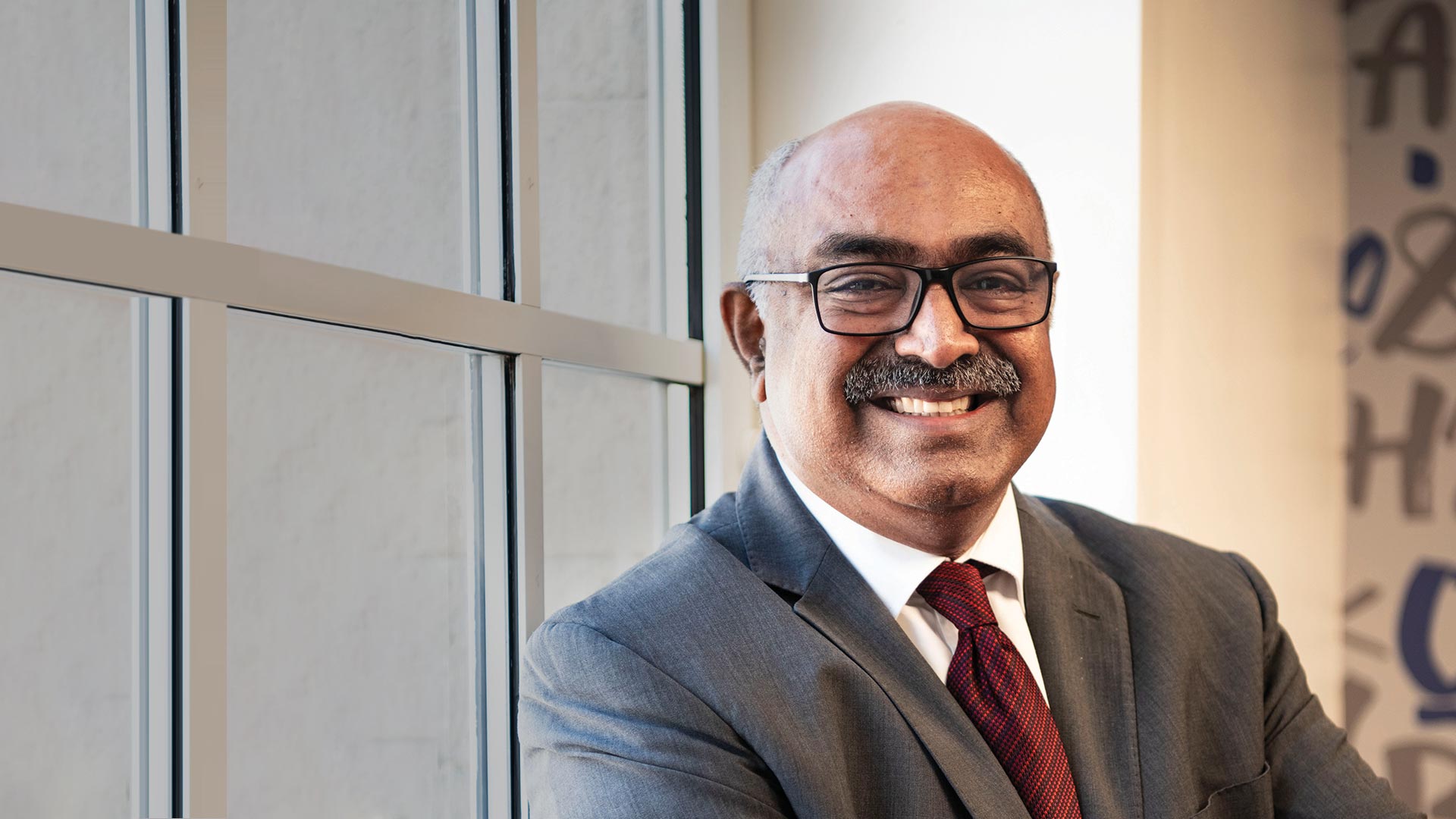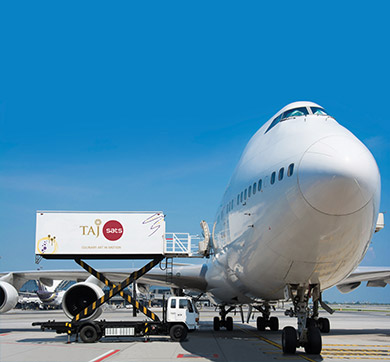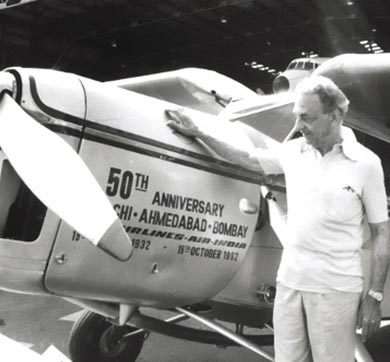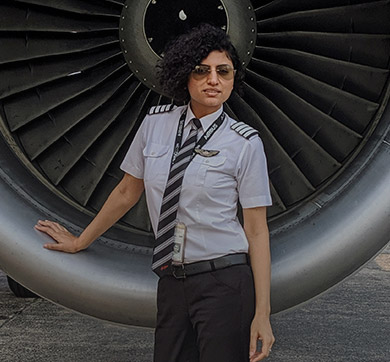May 2021 | 645 words | 2-minute read
Almost 20 years ago, 9/11 changed the face of global aviation. The security protocols, which were institutionalised in the years following September 11, 2001, made flying a very different experience.
Consumers accepted these protocols and, in some way, felt reassured by their existence. The Covid-19 crisis created a deeper level of disruption, bringing the world to a standstill temporarily.
Air travel demanded a completely new set of protocols to build passenger and regulatory confidence. With technology — digital processes on the Cloud, artificial intelligence, machine learning, camera/computer vision, robotics and Internet of Things — to aid the process in the recovery phase, the aviation ecosystem and its stakeholders worked to come out stronger.
Collaboration
The Ministry of Civil Aviation, Directorate General of Civil Aviation and Bureau of Civil Aviation Security collaborated with airlines, airports and stakeholders to define the protocols with a focus on building consumer confidence and ensuring safe operations.
Airlines and airports in India came together keeping the passenger experience and journey in mind. Focused on the central idea of safety, they worked as partners to offer innovative and world-leading solutions.
Health checks at entry points, relentless levels of sanitisation, social-distancing measures, personal protective equipment, hygiene kits at boarding, in-flight sanitation and more are here to stay.
Digital solutions
The new normal of travel uses technology to ensure physical contact is minimised or eliminated. Contactless procedures like mandatory web check-in, the implementation of DigiYatra platform, e-boarding passes, self-baggage drops, contactless baggage delivery, baggage information via SMS and digital payments are some of the elements of the ‘new’ passenger journey that helped eliminate contact and reduce queuing and wait-time at airports.
Making it squeaky clean
Mobile apps like Aarogya Setu as well as enhanced screening and sanitation measures have ensured that airports and airlines are able to deliver a very high level of hygiene and health measures at the airport and inside the aircraft.
In line with the World Health Organization guidelines to contain the spread of coronavirus, airlines are undertaking robust measures to maintain hygiene levels inside the aircraft and minimise the risk. The measures, including aircraft filtration system that filters 99.99% of dust particles and airborne contaminants such as virus and bacteria, offer a performance level similar to those in hospital surgical operating rooms. The filtration system also ensures a constant ‘downwash’ of air at 1m per sec, reducing the risk of cross-contamination and refreshing the air inside the cabin every 2-3 minutes.
Staying nimble
In the past few months one has come to realise that while fighting an invisible enemy, the only way to get ahead is to be nimble and evolve fast. The new normal is not a stationary point, but it keeps changing. Such a mindset will help the airline industry to get back on its feet again. Industry stakeholders are continuously working hard, putting aside traditional mechanics and boundaries, to develop technology and hygiene solutions that are contributing to making the flyer feel safe.
Health checks at entry points, relentless levels of sanitisation, social-distancing measures, personal protective equipment, hygiene kits at boarding, in-flight sanitation and more are here to stay. These measures too are constantly monitored and evaluated and will only evolve further over the next few months, as even more sophisticated responses to contain Covid-19 are developed.
In FY20, there were about 164 million (141 million domestic and 23 million international) air passengers in India. While domestic travel is expected to come back to pre-Covid levels by Q3 FY22, international travel may take a couple of years more.
While the pandemic has put a pause to this growth for 18-24 months, the potential and slew of confidence-building measures put in place will ensure that aviation returns to its high-growth trajectory in the coming years. The pandemic has helped us reset and plan the new normal, while ensuring that aviation continues to be the safest and fastest mode of travel.
The author Sunil Bhaskaran is MD & CEO, AirAsia India Pvt Ltd.













